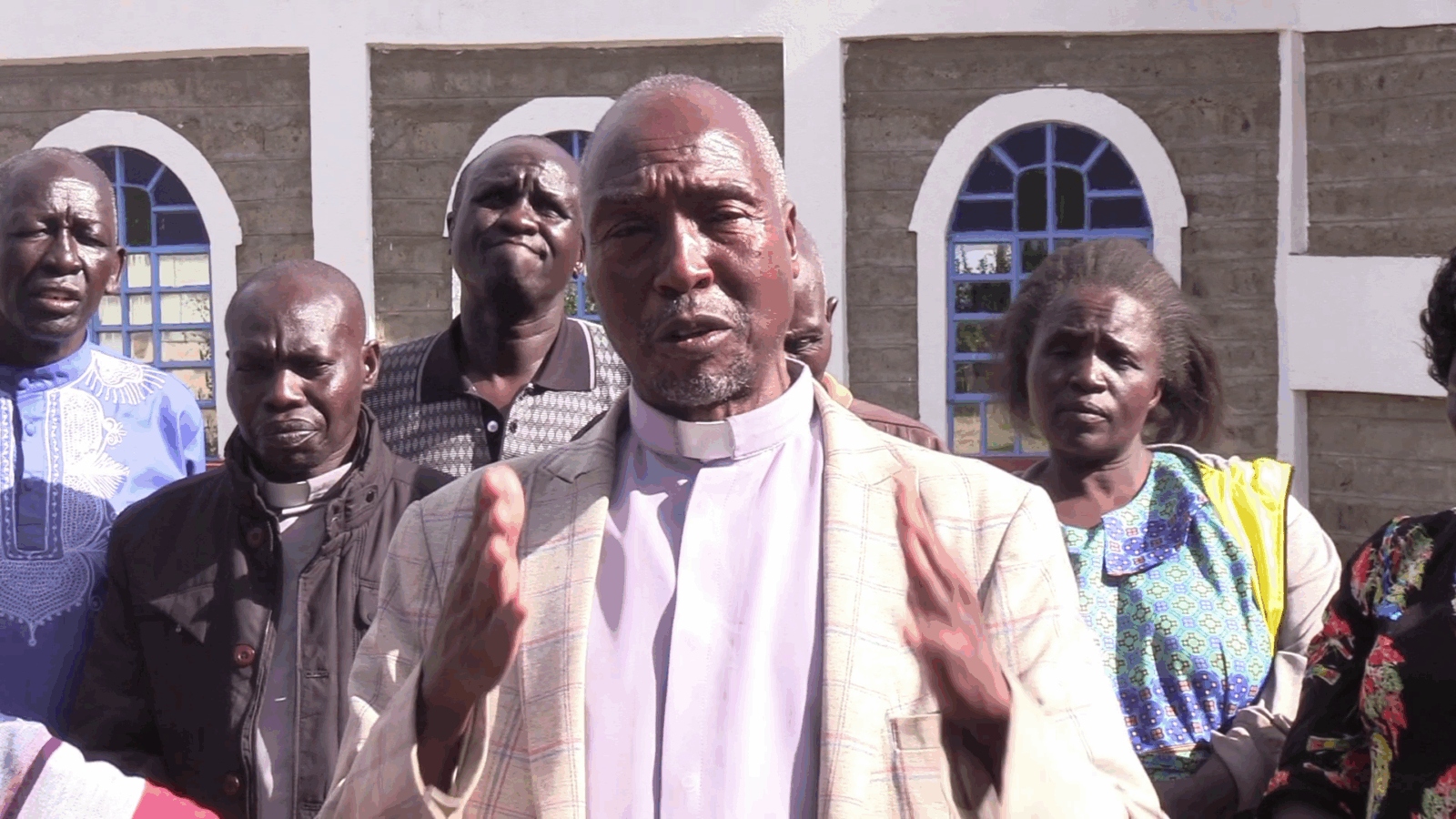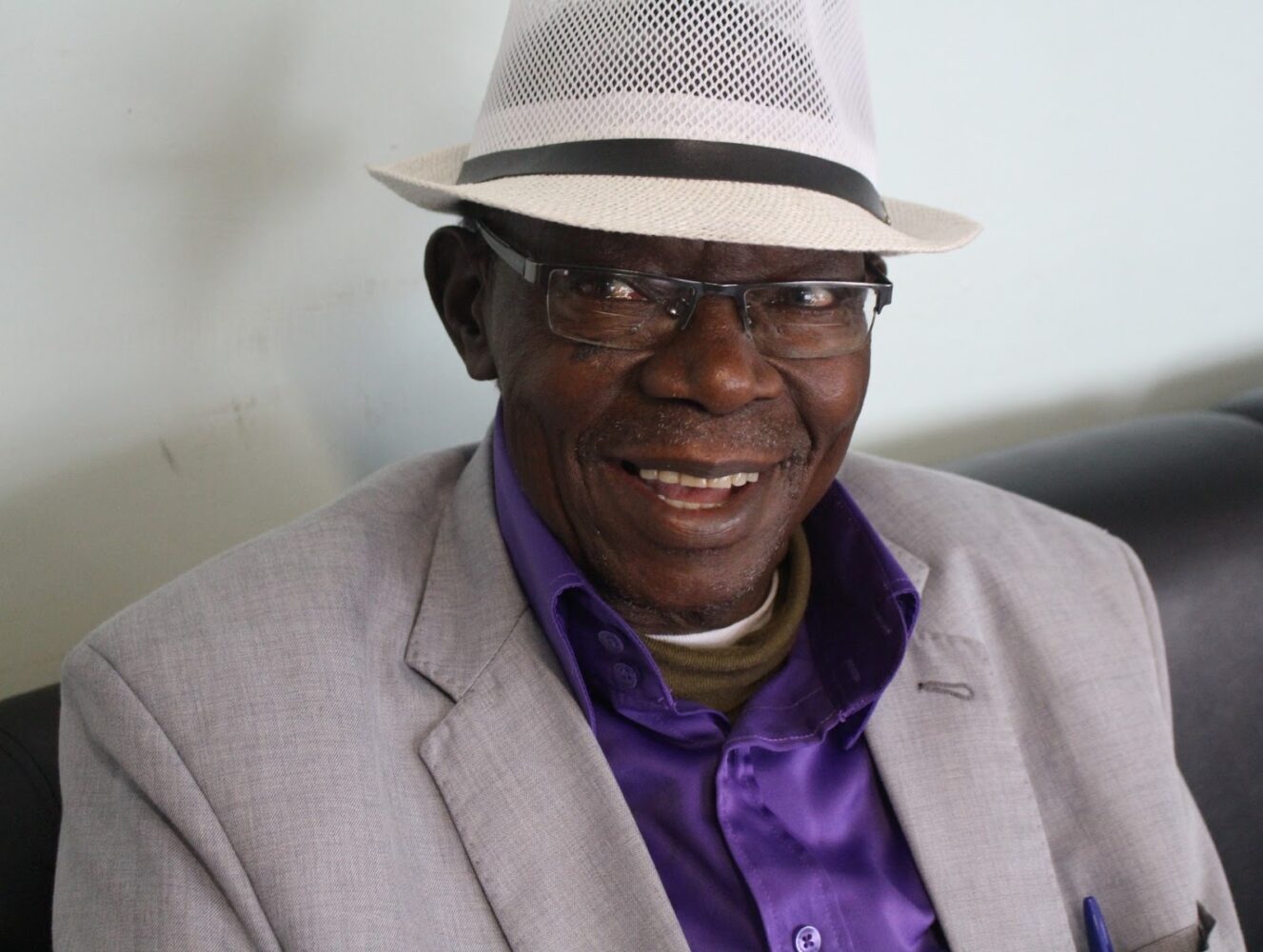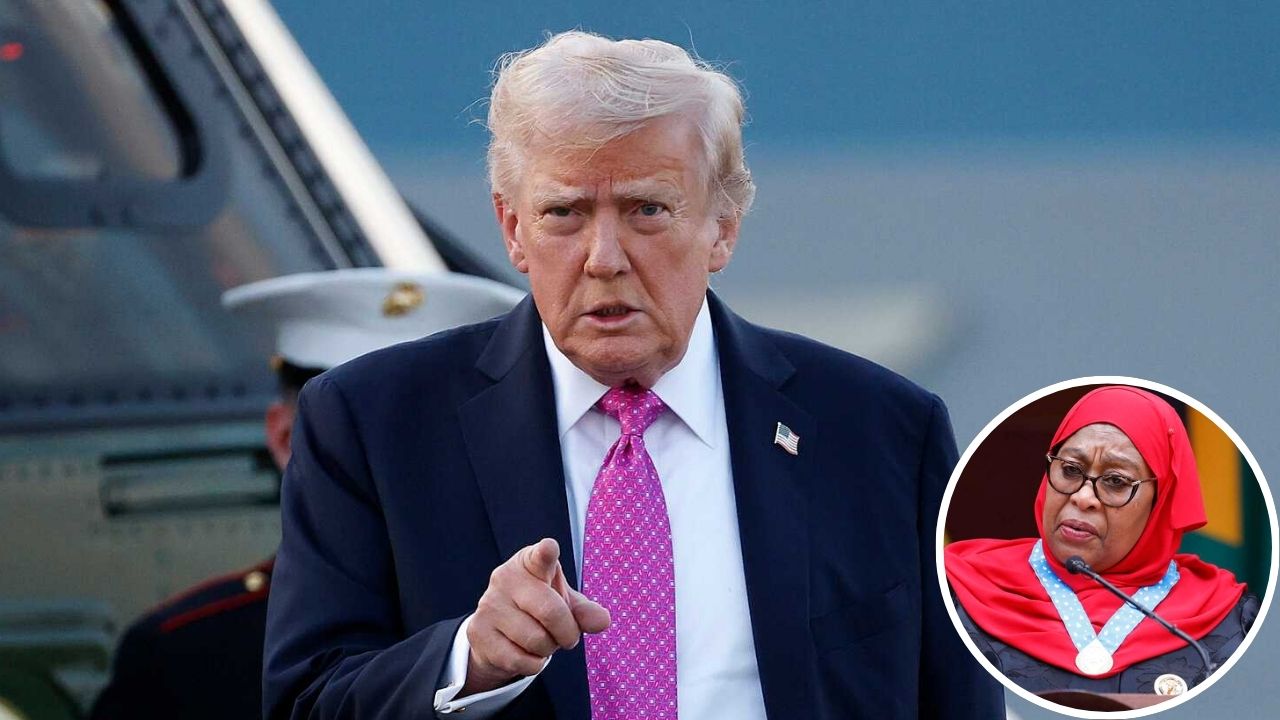As the nation mourned the death of former Prime Minister Raila Odinga, another tragedy quietly unfolded. Former Citizen TV and NTV journalist Kimani Mbugua, died by suicide while undergoing rehabilitation for bipolar disorder.
His passing went largely unnoticed amid the noise of national grief yet it revealed a deeper crisis many inside Kenya’s newsrooms know too well but rarely speak about, that is, mental health struggles among journalists.
Kimani’s story was not that of a fading star. He was brilliant, ambitious, and wildly creative. A young journalist who wanted to change the face of Kenyan storytelling.
But behind the camera lights and sharp suits, he battled recurring episodes of mental illness and the social isolation that comes with it. His final note, released by his father, read, “I have chosen to rest in the hands of God.”
His death adds to a growing list of media professionals lost to mental-health struggles in recent years. In 2022 alone, the industry lost three journalists to suicide, they were all vibrant voices silenced by a crisis few dare to name.
Yet despite the pattern, Kenya has no formal system for tracking mental health related challenges in the media sector, and little data exists on how many journalists live with untreated mental illness.
Experts say the problem is systemic. Long hours, tight deadlines, public scrutiny, and frequent exposure to violence or tragedy all take a toll.
“Journalists carry trauma by proxy,” explains one Nairobi-based psychologist. “They tell painful stories but rarely have time to process them.”
Kenya’s broader mental-health system isn’t equipped to catch those who fall through. According to the Ministry of Health, one in four Kenyans experiences a mental-health condition, yet access to professional care remains scarce, especially outside major cities.
For journalists, whose public lives depend on appearing composed, the stigma can be suffocating.
Kimani’s journey from a newsroom prodigy to a young man struggling with bipolar disorder is not an isolated tragedy. It is a reflection of how deeply mental illness cuts into the creative and high-pressure industries that keep the country informed.
As his colleagues, family, and fans remember him, the question lingers: Who tells the story of those who tell our stories?
Kimani’s final act should not end in silence. It should become the beginning of an honest conversation about the cost of chasing headlines and the urgent need to protect the minds behind them.
Kenya’s storytellers deserve empathy, structure, and care not just applause after airtime.












